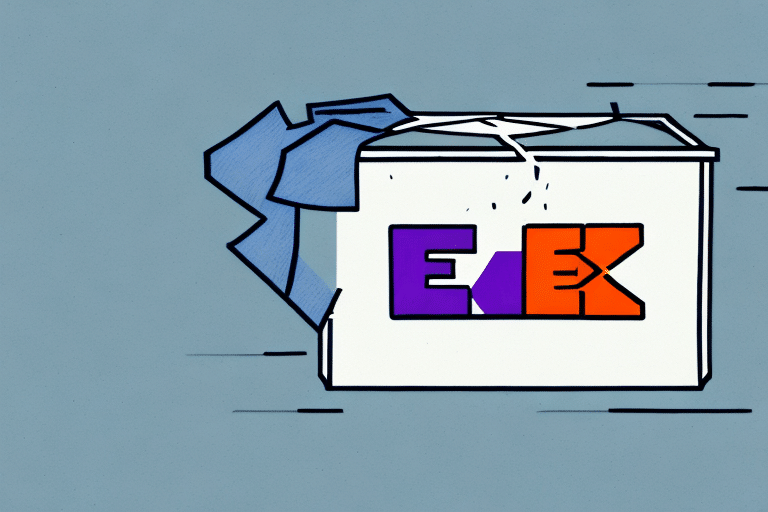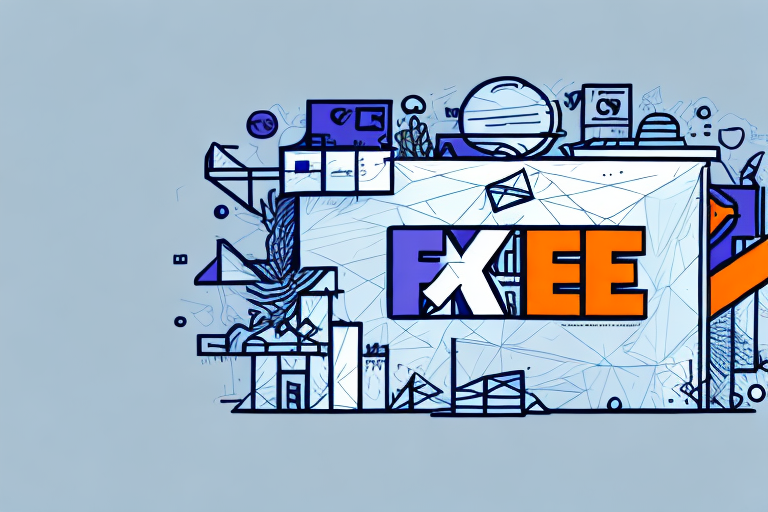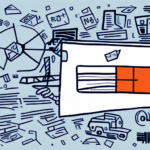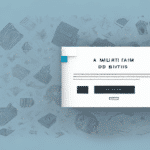Understanding the Cost of FedEx Boxes
Shipping efficiently starts with selecting the right packaging. FedEx, a leader in the shipping industry, offers a diverse range of boxes tailored to various shipping needs. This guide explores the different types of FedEx boxes, their dimensions, materials, customization options, and associated costs to help you make informed decisions for your shipping requirements.
Types of FedEx Boxes Available
FedEx provides an array of box types designed to accommodate different shipping needs:
- Standard Boxes: Ideal for everyday shipments, available in multiple sizes from small to large.
- Specialty Boxes: Customized for specific items such as laptops, golf clubs, and wine bottles, ensuring optimal protection.
- Flat Rate Boxes: Offer a fixed shipping cost regardless of weight, suitable for heavier items that exceed standard size limits.
Additionally, FedEx offers custom packaging options that allow businesses to design boxes with unique dimensions, branding, and special features. This is particularly beneficial for businesses aiming to enhance their brand image through a memorable unboxing experience.
FedEx Box Dimensions and Weight Limits
Choosing the right box size is crucial to avoid additional fees and ensure the safety of your shipment. FedEx box dimensions are measured in length (L), width (W), and height (H), with the following maximum limits:
- Combined Length and Width: 130 inches
- Single Dimension (Length): 108 inches
- Maximum Weight: 70 lbs
Exceeding these dimensions or weight limits may incur extra charges. It's essential to accurately measure and weigh your packages to select the appropriate box size, thereby optimizing shipping costs and ensuring compliance with FedEx regulations.
Choosing the Right Size for Your Shipment
When selecting a FedEx box, consider both the size and weight of your items. Smaller boxes are cost-effective for lightweight items, while larger boxes accommodate bulkier shipments without the risk of damage or incurring oversized fees.
Material Options for FedEx Boxes
FedEx boxes are constructed from various materials, each offering different levels of protection and durability:
- Cardboard: The most common material, suitable for standard shipping needs.
- Plastic: Offers enhanced durability, ideal for heavy or reusable shipments.
- Metal: Provides superior protection for fragile or high-value items, such as electronics.
FedEx also emphasizes sustainability by offering boxes made from recycled cardboard and biodegradable plastics, catering to environmentally conscious customers. For delicate items, foam-lined cardboard boxes provide additional cushioning to prevent damage during transit.
Cost Comparison: Buying vs. Renting FedEx Boxes
FedEx offers flexible options for obtaining boxes, either through purchase or rental:
- Buying: A one-time expense with prices varying based on size and type. For example, an 18"x12"x12" standard box costs approximately $2.50.
- Renting: A recurring cost, roughly $12 per week, suitable for businesses with high shipping volumes.
Considerations:
- If shipping infrequently, purchasing boxes may be more economical.
- Frequent shippers might benefit from renting to maintain a steady supply without upfront costs.
Assess your shipping frequency and volume to determine the most cost-effective option for your business.
Factors Influencing the Price of FedEx Boxes
The cost of FedEx boxes is influenced by several key factors:
- Size: Larger boxes generally cost more than smaller ones.
- Type: Specialty and flat rate boxes may be priced higher than standard boxes.
- Material: Enhanced materials like plastic or metal increase the cost.
- Quantity: Bulk purchases often come with discounted rates.
- Customization: Adding logos or special features can raise the price.
Understanding these factors helps in budgeting and selecting the most appropriate packaging solution for your needs.
Strategies to Save Money on FedEx Boxes
Maximizing cost-efficiency when purchasing or using FedEx boxes can significantly impact your shipping budget:
- Buy in Bulk: Purchasing large quantities reduces the cost per unit.
- Watch for Promotions: FedEx frequently offers discounts and special deals on shipping supplies.
- Reuse Boxes: Reusing existing boxes can minimize the need for new purchases.
- Alternative Packaging: For smaller items, consider padded envelopes or poly mailers as cheaper alternatives.
Additionally, businesses with a FedEx account may access discounted rates on boxes and shipping supplies. Consult your account representative to explore available savings opportunities.
Where to Purchase FedEx Boxes: Online and Offline
FedEx boxes are readily available through various channels:
- FedEx Retail Stores: Directly acquire boxes from physical locations.
- Online Retailers: Platforms like Amazon and Walmart offer a wide selection.
- Office Supply Stores: Stores such as Staples and Office Depot stock various packing solutions.
- FedEx Website: Purchase directly from the FedEx website, which may offer bulk order discounts and specialized packaging.
Selecting the Right FedEx Box for Your Shipping Needs
Choosing the appropriate FedEx box involves several considerations to ensure safe and cost-effective shipping:
- Item Size and Weight: Match the box size to the item's dimensions and weight to avoid excess space and potential damage.
- Fragility: For delicate items, opt for boxes with additional cushioning or specialty materials.
- Shipping Distance: Long-distance or international shipments may require sturdier packaging to withstand handling.
- Item Shape: Irregularly shaped items might need custom boxes or additional padding.
- Destination Regulations: International shipments may have specific packaging requirements to comply with customs.
Thoroughly assessing these factors ensures that your items are well-protected and that you avoid unnecessary shipping costs.
Customizing Your FedEx Boxes: Options and Costs
Enhancing your FedEx boxes through customization can add value and reinforce your brand identity:
- Branding: Print your company logo or message directly on the box for a professional appearance.
- Protective Features: Incorporate foam inserts or additional padding to safeguard fragile items.
- Material and Color: Choose alternative materials or colors to align with your brand aesthetics.
- Handles and Straps: Add handles or straps for easier handling and an improved customer experience.
Customization costs vary based on the complexity and scale of modifications. It's advisable to consult with FedEx representatives to explore available options and associated pricing.
Properly Packing and Labeling Your FedEx Box for Safe Delivery
Effective packing and labeling are essential for ensuring that your shipment arrives safely and on time:
- Packing Materials: Use bubble wrap, packing peanuts, or foam inserts to protect items from impact and movement within the box.
- Box Filling: Completely fill the box to prevent contents from shifting during transit, which can cause damage.
- Clear Labeling: Clearly label the box with both the destination and return addresses to facilitate accurate delivery.
- Tracking Services: Utilize FedEx tracking to monitor your shipment's progress and ensure accountability.
Additional Tips:
- Weigh Your Package: Accurately weighing your package helps in selecting the correct shipping method and avoiding unexpected fees.
- Include Documentation: For business shipments, include a packing slip or invoice inside the box to verify contents and streamline the delivery process.
Proper packing and labeling not only protect your items but also enhance the overall shipping experience for both sender and recipient.
Conclusion
Understanding the various aspects of FedEx boxes—from types and materials to costs and customization—empowers you to make informed shipping decisions. By selecting the right packaging, you can ensure the safety of your items, optimize shipping expenses, and reinforce your brand presence. Whether you're a small business or an individual shipper, leveraging these insights will enhance your shipping efficiency and effectiveness.






















